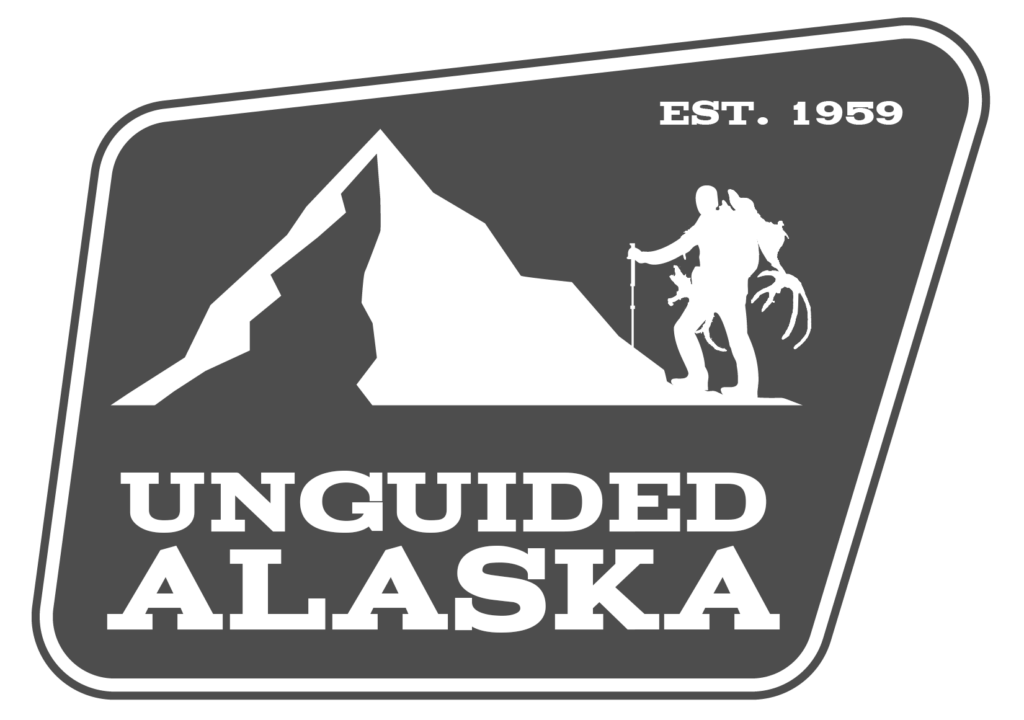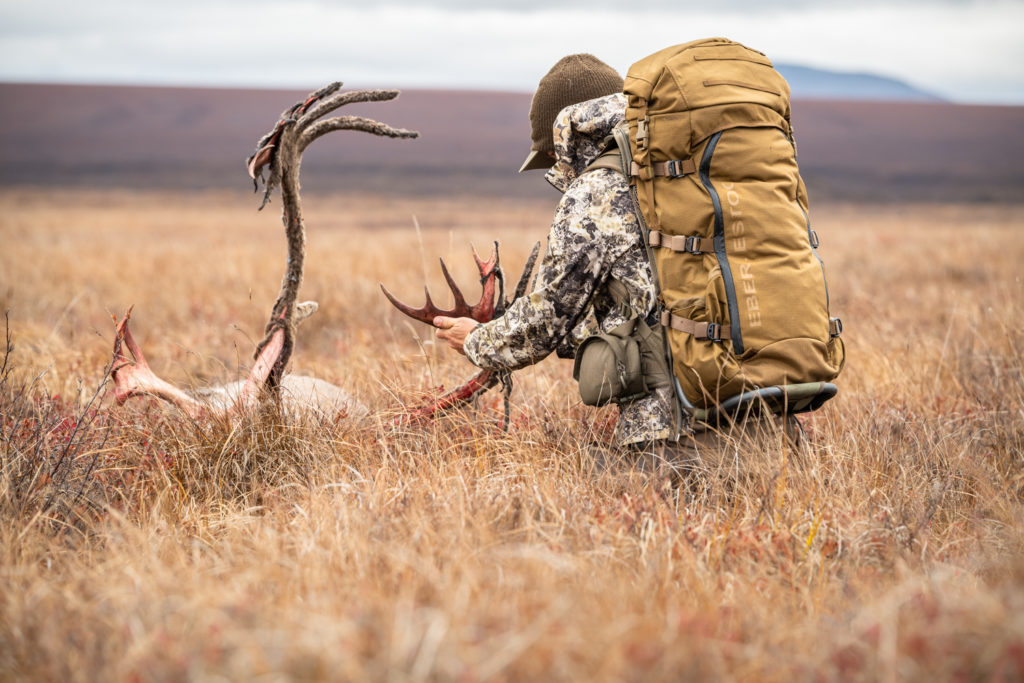To preserve the Western Arctic Caribou Herd, subsistence hunters might drastically reduce their harvest starting in summer 2024.
The Western Arctic Caribou Herd Working Group voted Wednesday to propose changing state and federal hunting regulations in response to the herd’s shrinking population. Subsistence and sport hunters, guides and conservationists in the group suggested reducing the harvest for resident subsistence hunters from five animals a day to four animals per year, just one of which could be a cow.
If state and federal managers decide to take up the proposal, the public will likely have an opportunity to weigh in during public comment periods. The regulations, if adopted, would go into effect in July 2024, for the whole area of the herd’s range. Whether the harvest will be reduced won’t be known until 2024.
“With our caribou decline, I think it will be good for us,” said Vern Cleveland Sr. from the Lower Kobuk area. “I haven’t seen caribou in three years, and I’m an avid hunter, I hunt all the time. That’s a drastic change. … We have no other way around so the caribou comes up.”
“The purpose of the working group is to preserve the herd for the generations to come,” said Morris Nassuk from the Seward Peninsula.
Some hunters at the meeting expressed their concern that the proposal might affect the lifestyle and food safety of Northwest Alaska and North Slope residents too drastically.
“When we are limited to no cows, no calves, no food on the table — who’s going to be looking after saving the cows?” asked Vida Coaltrain from Selawik. “Who is going to stop us from getting the cows if we are starving?”
Reducing the harvest to four animals a month might be more manageable for North Slope hunters than four animals per year, said Quincy Adams with the North Slope Borough’s Department of Wildlife Management.
“It’s gonna ruffle some feathers,” he said about the adopted proposal. “That’s a big difference for subsistence. And the biggest thing that we do is we share — we don’t keep it just for our family, I don’t do it for myself. But we also bring it to all the widows and all the elders that can hunt for themselves, to make sure that we provide the food to them that they love to eat.”
The Western Arctic Caribou Herd, one of the biggest caribou herds in the world, has been declining over the last five years.
In 2022, data from the Alaska Department of Fish and Game showed that the herd is down to an estimated 164,000 animals — an almost 13% decrease over the past year. The estimate dropped from 259,000 caribou in 2017 to 244,000 in 2019 and to 188,000 in 2021.
“It’s been tough the last couple of years for our hunters to provide meat for that family,” said Morris Nakaruk from the Elim and Golovin area. “I sure hope those numbers can climb back up.”
Subsistence hunters have been sounding the alarm about the caribou population’s decline and changes to their migration pattern. Many have not been able to harvest any animals in the past few years with caribou either not reaching their villages or coming in too late in the season.
To support local subsistence hunters and protect the shrinking caribou population, caribou hunting closed earlier this year in parts of Northwest Alaska. The closures affected only non-federally qualified hunters — in other words, hunters who live outside the range of the herd.
While local subsistence hunters welcomed the closures, the total number of animals harvested by the non-federally qualified users is relatively small and it’s entirely made up of bulls, so the closures did not affect the population numbers, said Kyle Joly, a National Park Service wildlife biologist.
Reducing the harvest can be effective to protect the population, said Alex Hansen with the Alaska Department of Fish and Game.
“There is not a lot we can do as users to control the population except for our harvest,” he said. Hansen sounded hopeful about the group’s proposal. “I think it’s definitely moving in the right direction.”
Joly said that he was “really happy with the motion” as well, and that “if it is accepted and the people of the region embrace it, it could definitely have potential to help reduce the decline.”
Cow survival is a huge factor in whether the herd is going to decline, Hansen said. The survival of Western Arctic Caribou Herd cows is now 71% — or 10% lower than the average.
By proposing the new limits on caribou harvesting, including the restriction on cows, the group wants to protect the cow population — critical to the herd’s population health — without criminalizing hunters.
“Reducing cow harvest is critical,” Joly said. “But you know, it is sometimes hard in the spring to differentiate small bulls and cows and we don’t want to make people get in trouble for an error. … We want people to be able to take that meat out of the field and use it and not get penalized for a mistake like that.”
To be fair to all residents who depend on the herd for subsistence, the group proposed to change regulations throughout the area of the herd’s range — in Game Management Units 21B, 22, 23, 24B, 24C and 26A, or a wide area stretching from the western part of the North Slope throughout the Northwest Arctic and Nome area.
The proposal will go to the Alaska Board of Game and Federal Subsistence Board for consideration.
For state hunting regulations, the Alaska Board of Game will solicit proposals from January to May 2023, said Kristy Tibbles, the Board of Game’s executive director. The public comment period will run from September 2023 to January 2024, when the board is expected to hold a meeting to consider proposals for the region. If adopted by the board, the hunting regulations will be effective July 1, 2024.
For federal regulations, the Federal Subsistence Board will likely issue a call for proposals this winter. Then there will be a public comment period, and the board will likely meet in April 2024 to consider proposals for regulations that might go into effect in July 2024.


